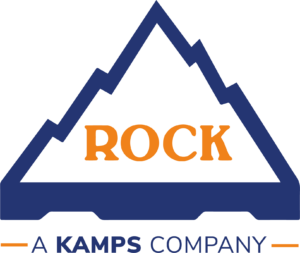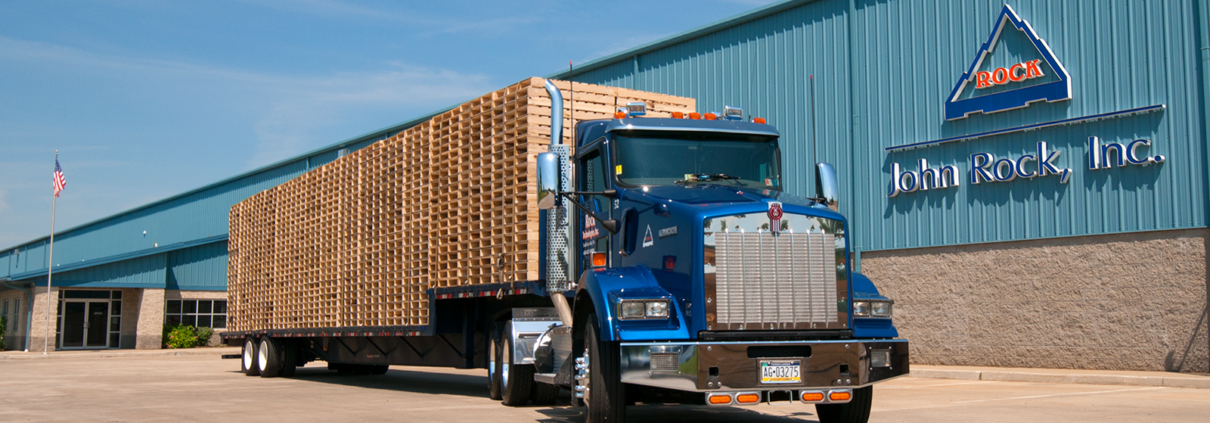An order will come in for pallets. There’s certain material that makes the most sense for that particular customer’s requested pallet size. Saw Room Planner looks at the orders and matches up the material that is on hand in the yard and evaluates what can we cut most efficiently and turn around in standard turnaround time of three days. Schedule of what needs to be nailed and made depends on what needs to be delivered for that week. Each particular pallet size, depending on the thickness of the decking and what type of material it needs to be made out of, will dictate what it will be cut from. Certain materials make sense for certain cuts for efficiency.
Tour: start out in the lumberyard, walk through and talk about coming in from the sawmills we receive two types of raw materials: Boards 5 ¼ x 5 ½ and Kants 3 ½ x 5 ½, both products come in various lengths, anywhere from 6 ft to 18 ft. Receive these packs of lumber that are stored in the lumber yard. Approximately 9 million board feet of lumber is kept out in the yard at any given moment, which represents a 5 week supply. Forklifts picked and brought to one of the five saw lines consisting of various gang saws and band saws. From there it is cut into the length needed: 40”, 48”, 36”, 30” whatever may be needed for either a stringer or a deck board. Processed into stringers and deck boards based upon the thickness desired; ½, ⅝, 11/16, stringers 1 ⅛, 1 ¼, 1 ⅝ different dimensions for both. Cut stock material is then brought over to a nailing machine or put into stock storage. In nailing machine, stringers are loaded into the front end and deck boards are loaded into both the front end as well as the back end. Pushed the stingers through drops a deck board in place nails it, drops, nails, bottom first as it comes out of the first nailing machine it hits a windmill, flips over, goes into next nailing machine for the top deck. Comes out of the second machine and into an auto stacker in groups of 20, 21, 22, or 23 high in stack heights designed to fit inside a trailer. From the machine and either onto a truck for delivery, into a warehouse for warehousing, or out to the kiln to be heat treated for exporting. Once heat treated go into special warehouse area to sit for 24 hours to dry before being loaded into a trailer and out onto the road for delivery to the customer.
Dust collection system, picks up all the sawdust, channels it through a specialized ducting system, out of the building into separate staging building where it is subsequently picked up from various yard containers. Trucking companies come in and haul it away.. Resold as animal bedding or used in the manufacturing of wooden pellets for pellet stoves.
Scrap waste goes into a separate holder as trash and then sorted into separate bin holders. Can’t be repurposed, so ground up and sold off into wholesale into the retail mulch products. Rest can be cut back to a usable size. Evaluate each piece coming out of the rock, how much they can get out of it. Cut it, group it and stock it by that size. Whatever can’t be
Zero waste operation. Even the sawdust has and end destination, used as bi-product in paper industry, typically as part of the pulping process.


